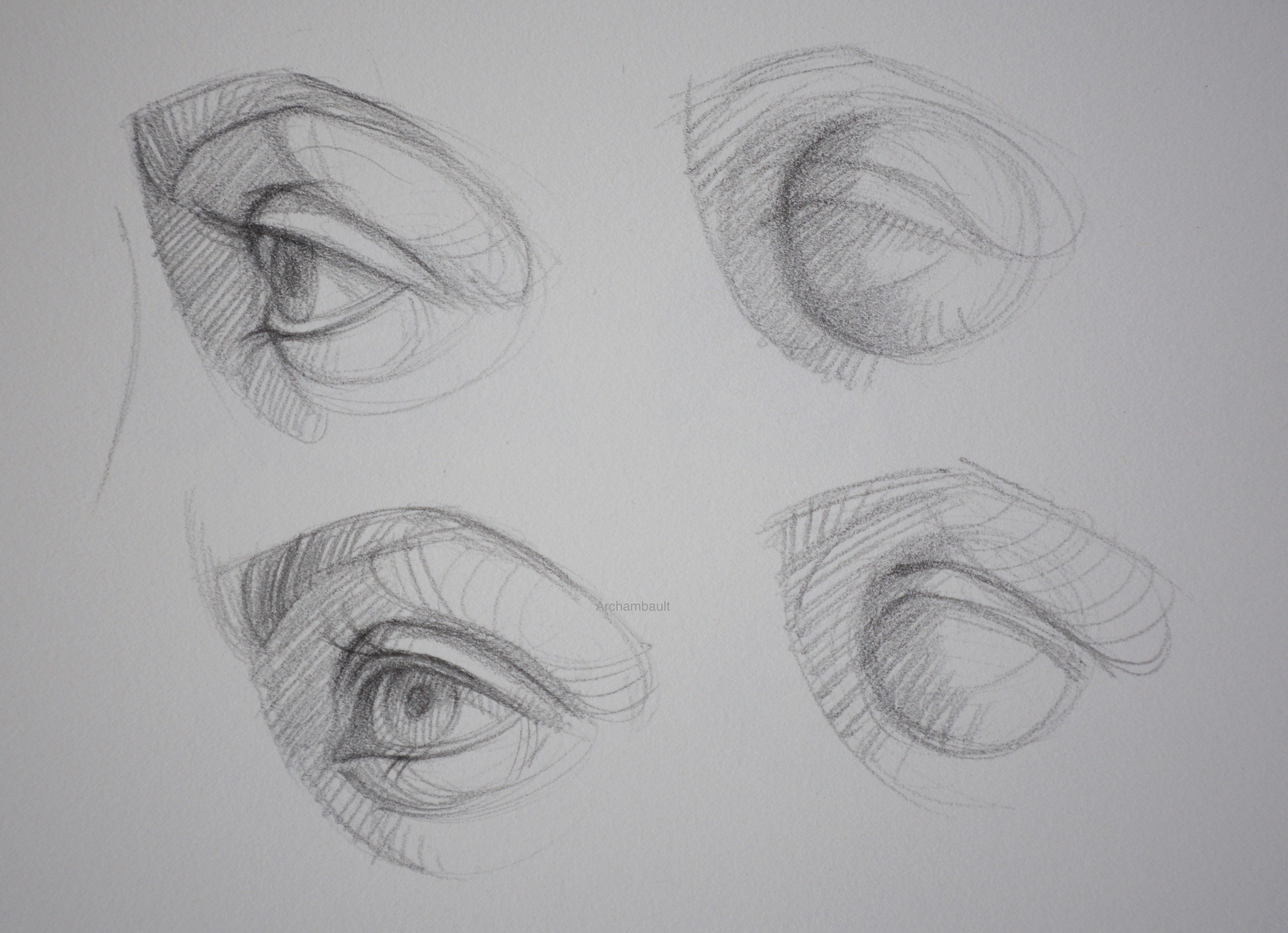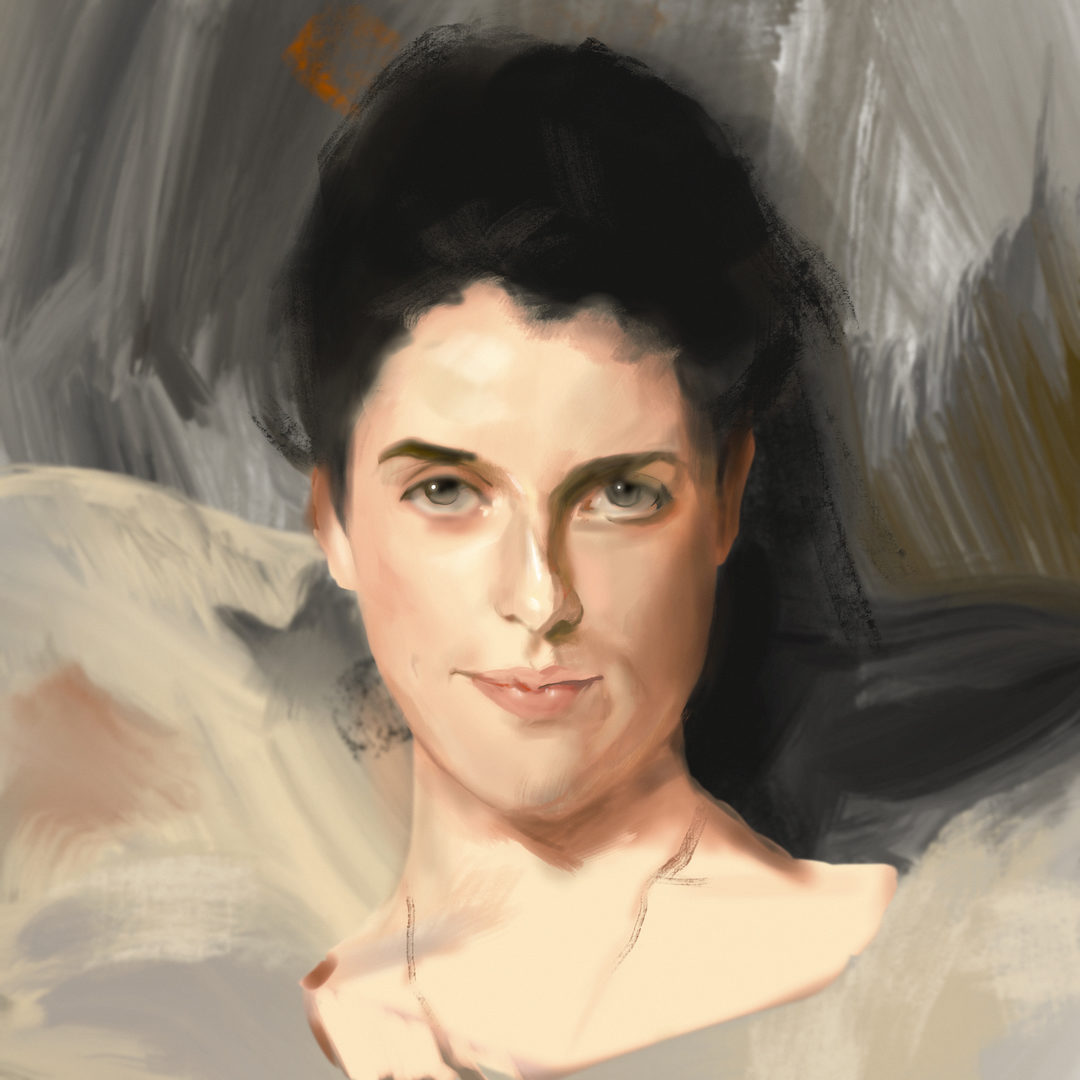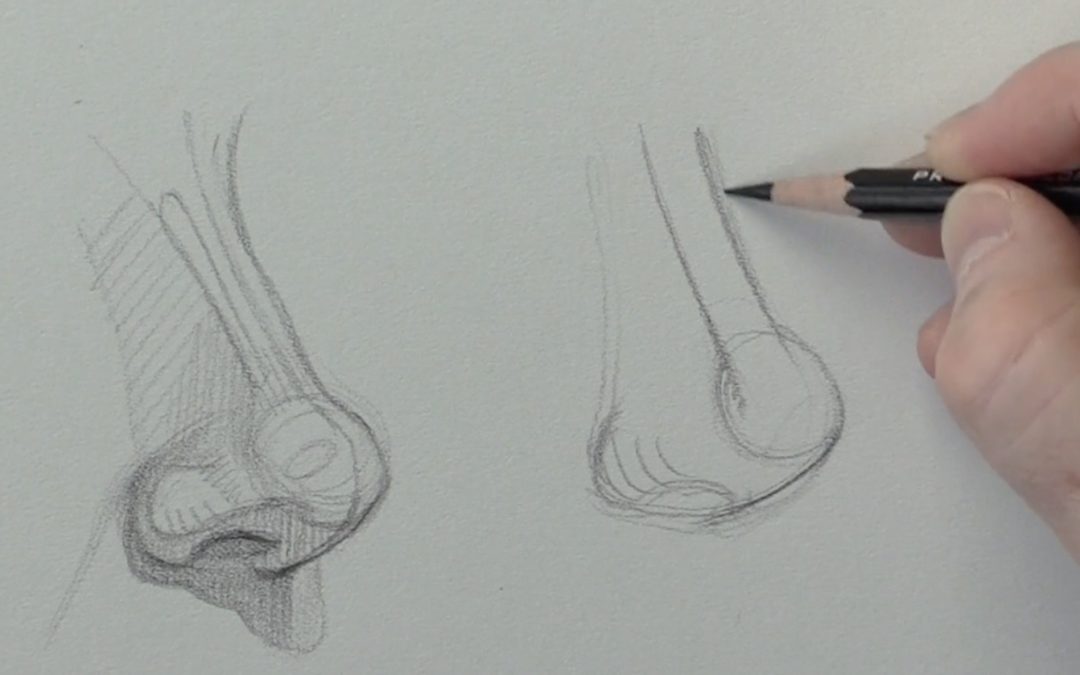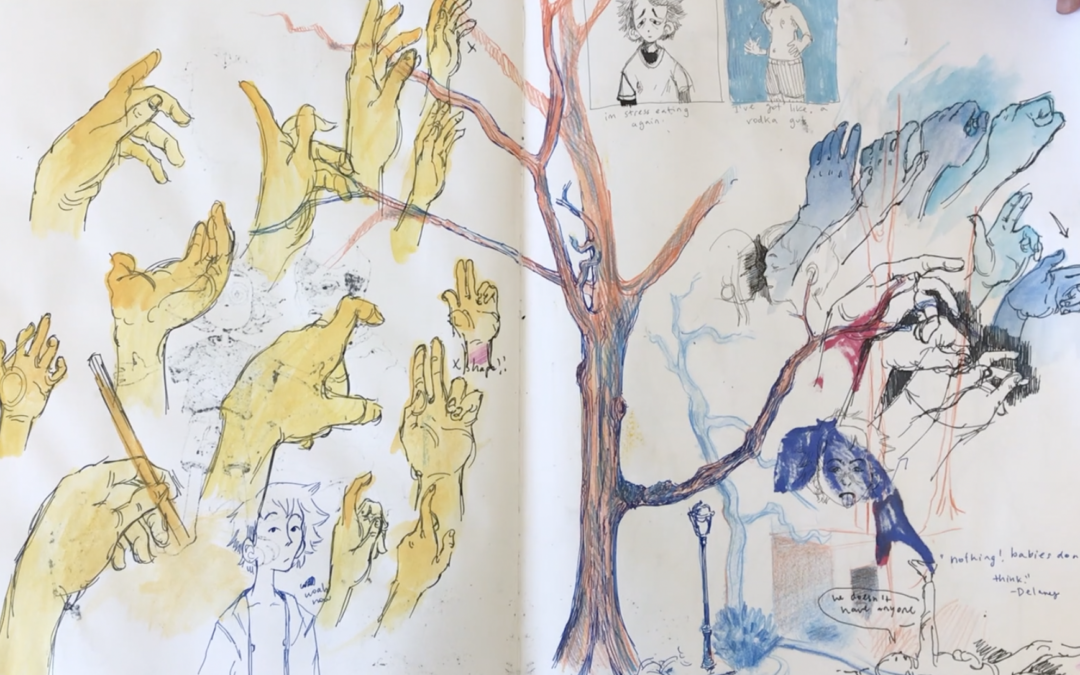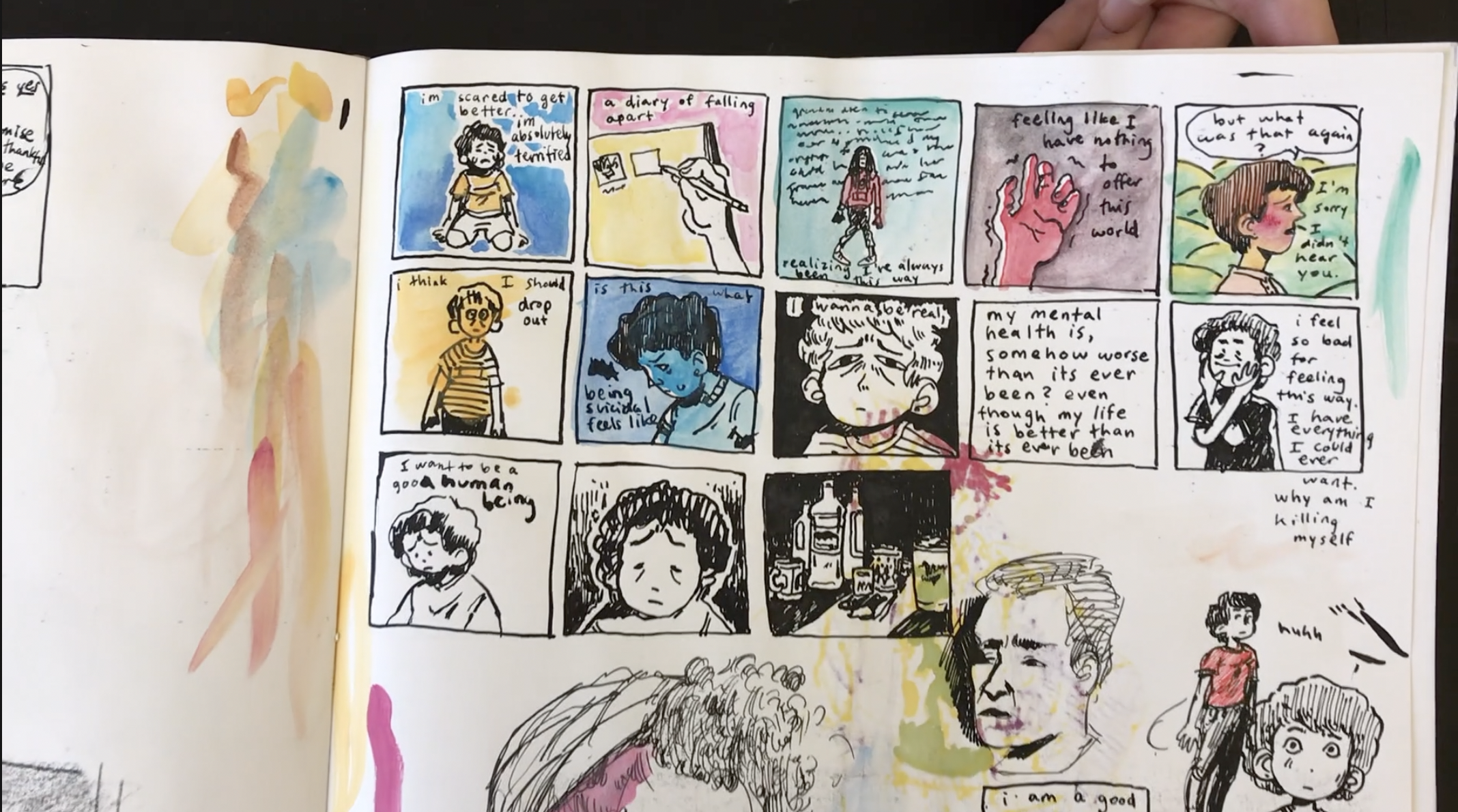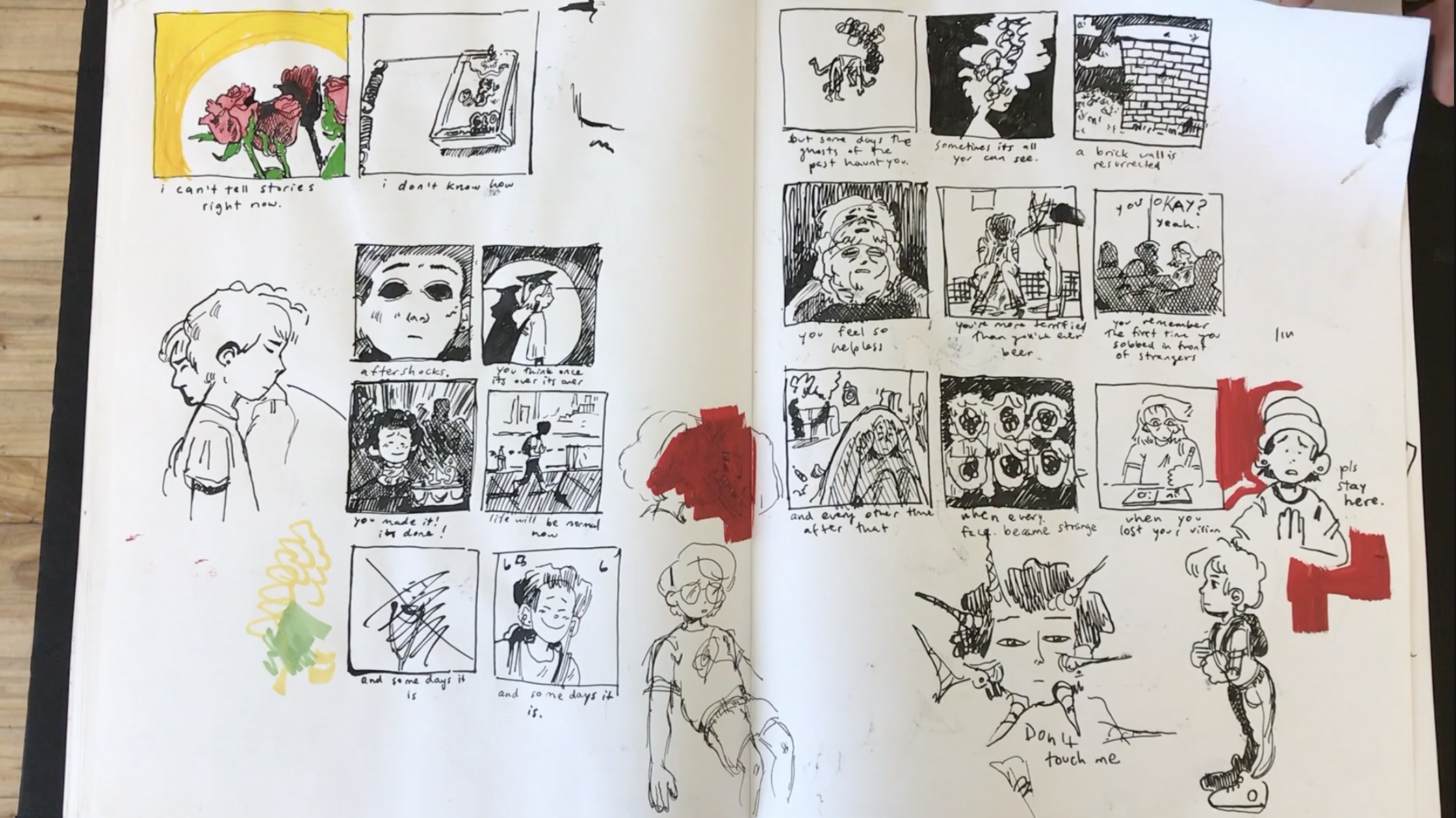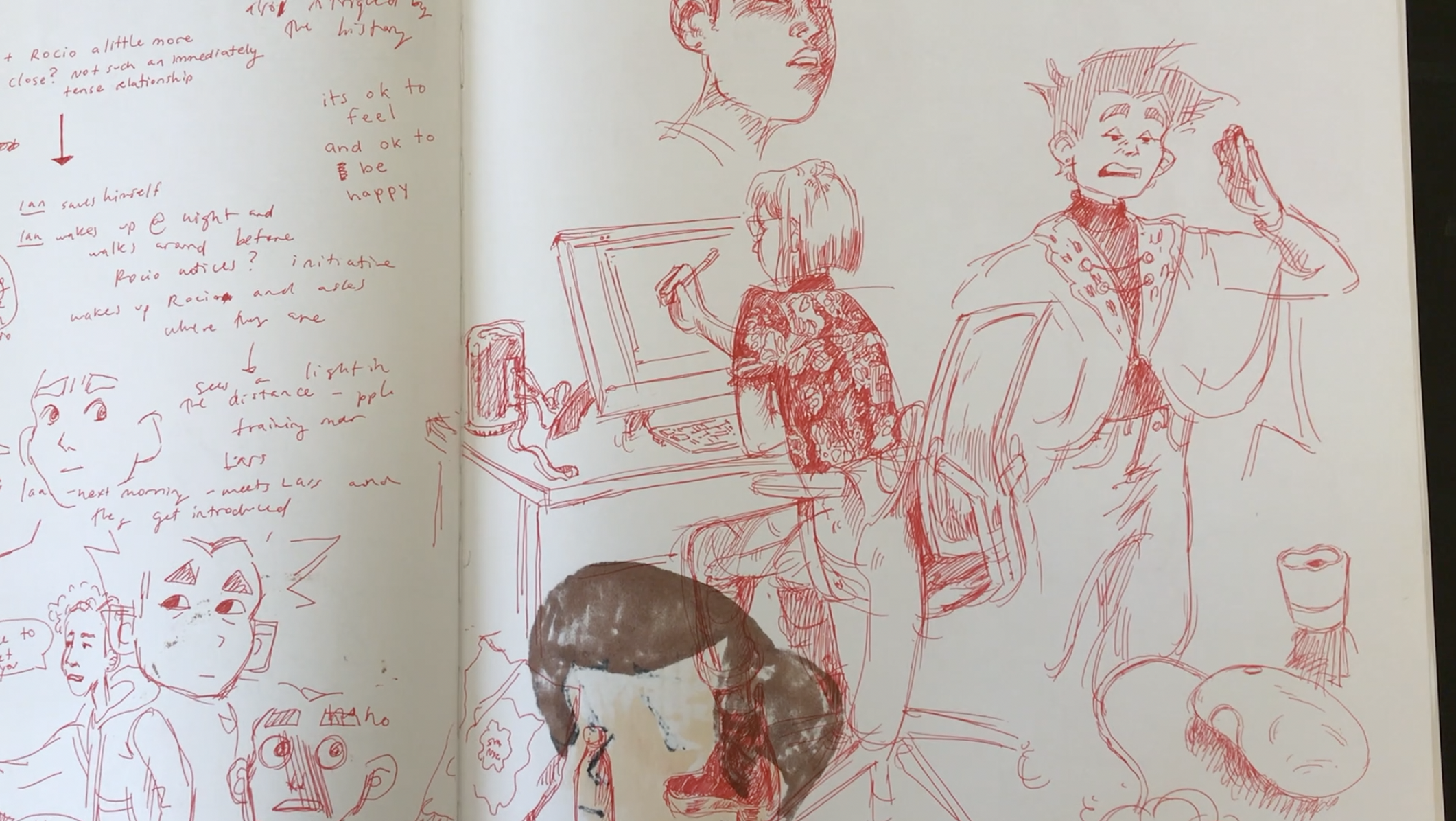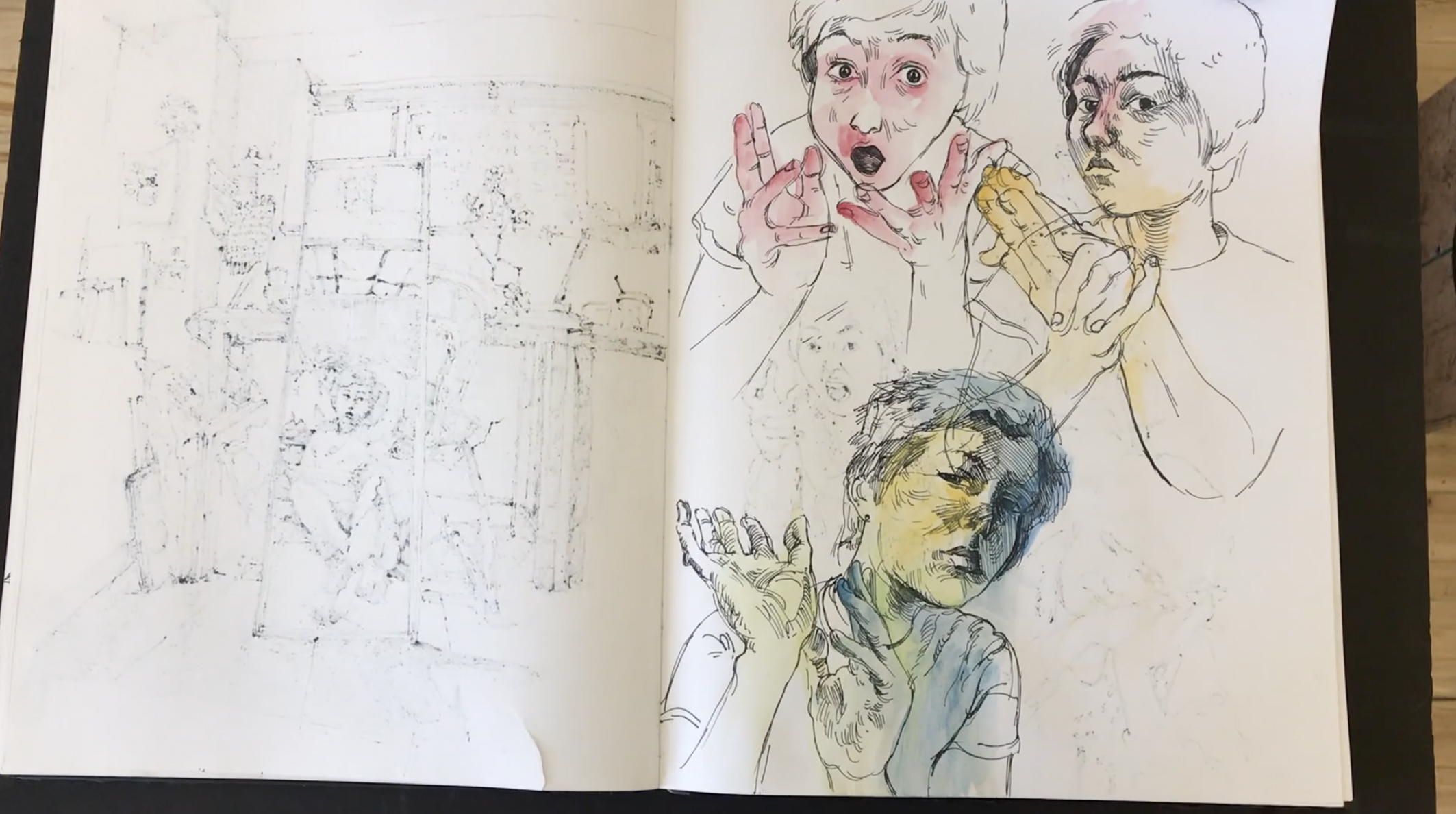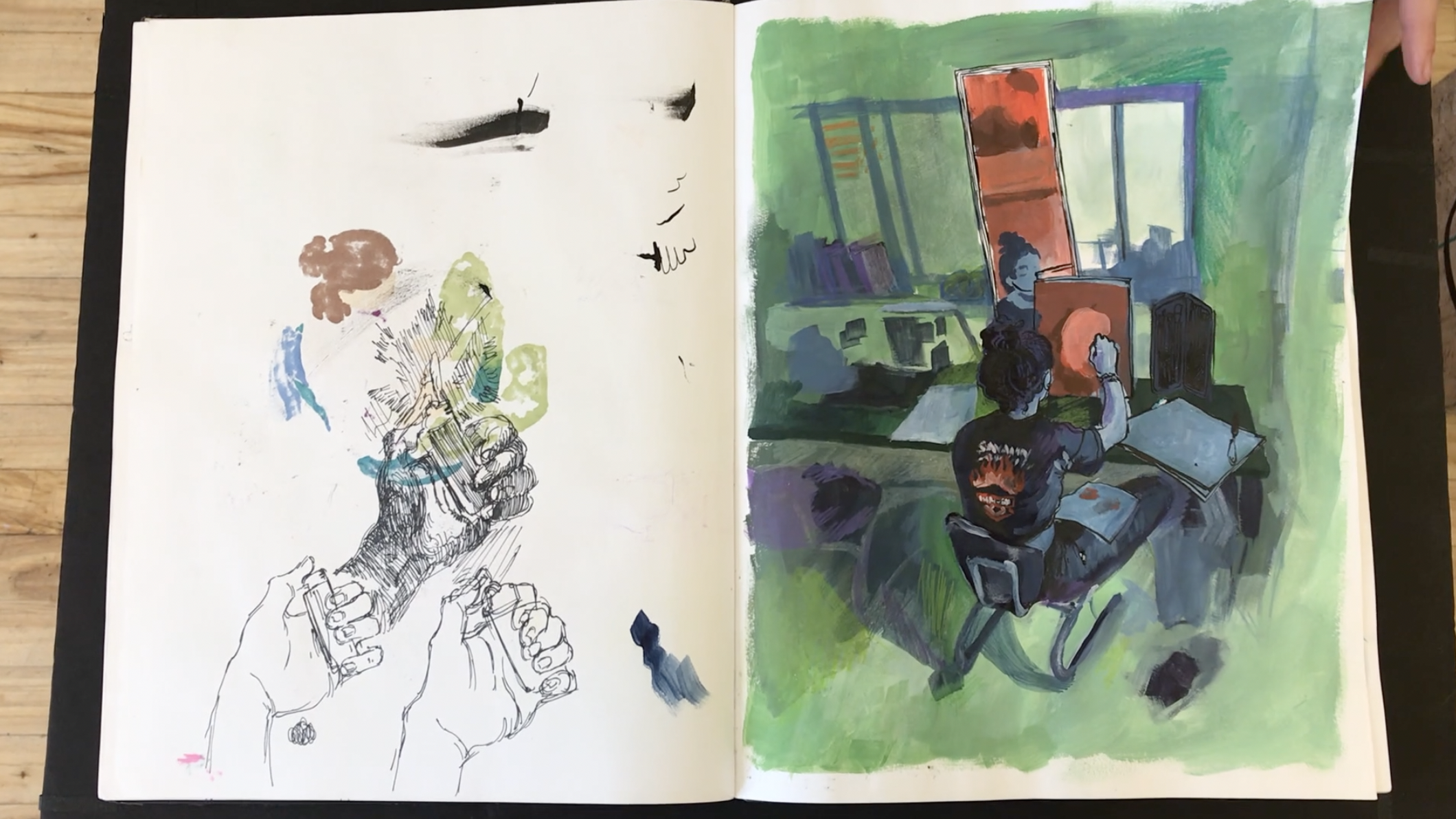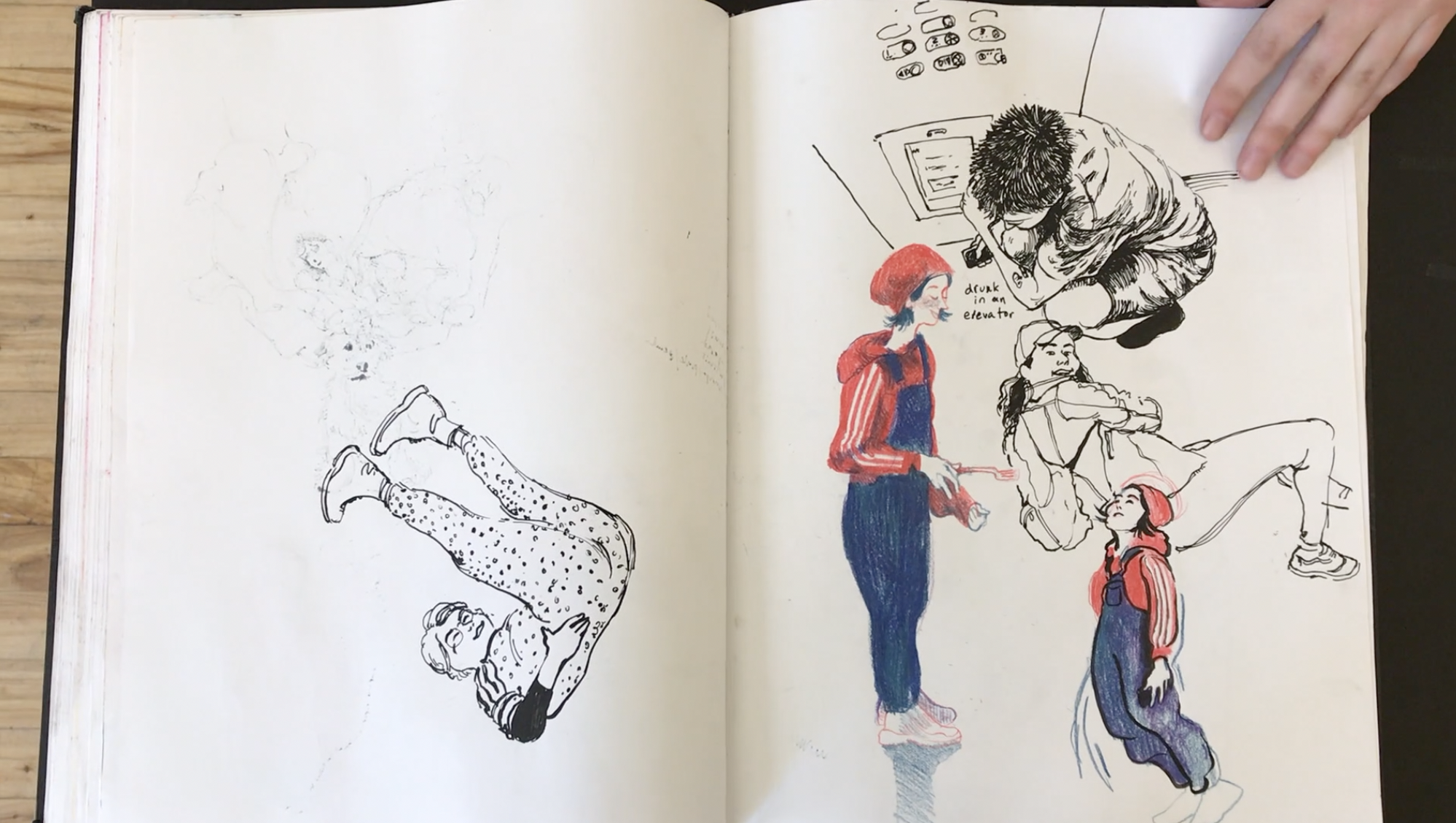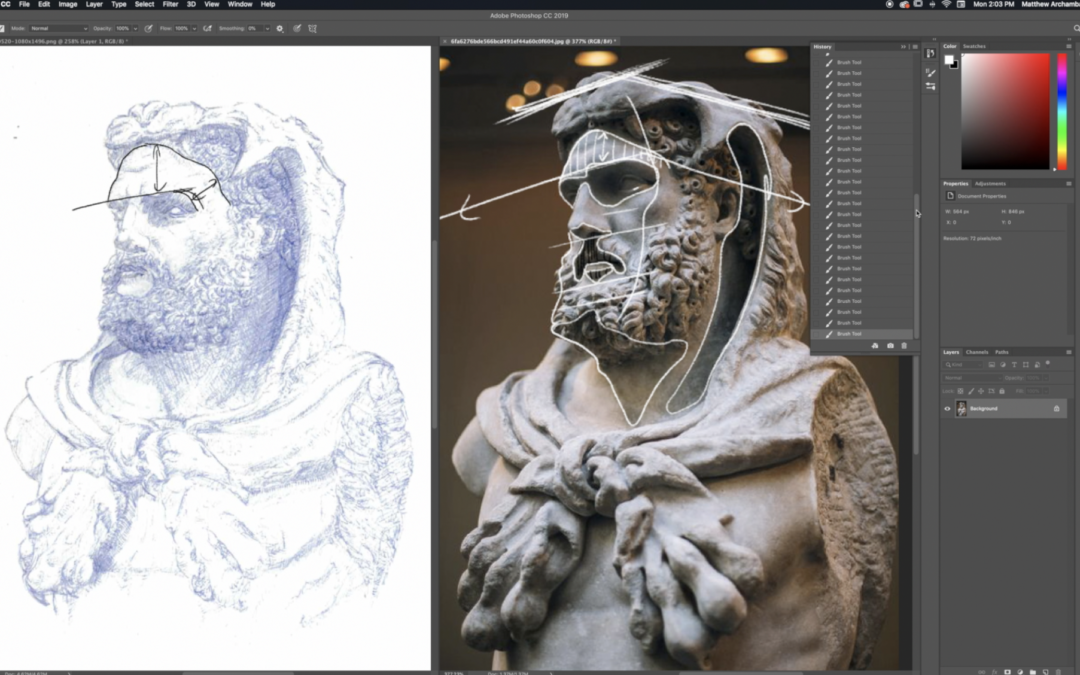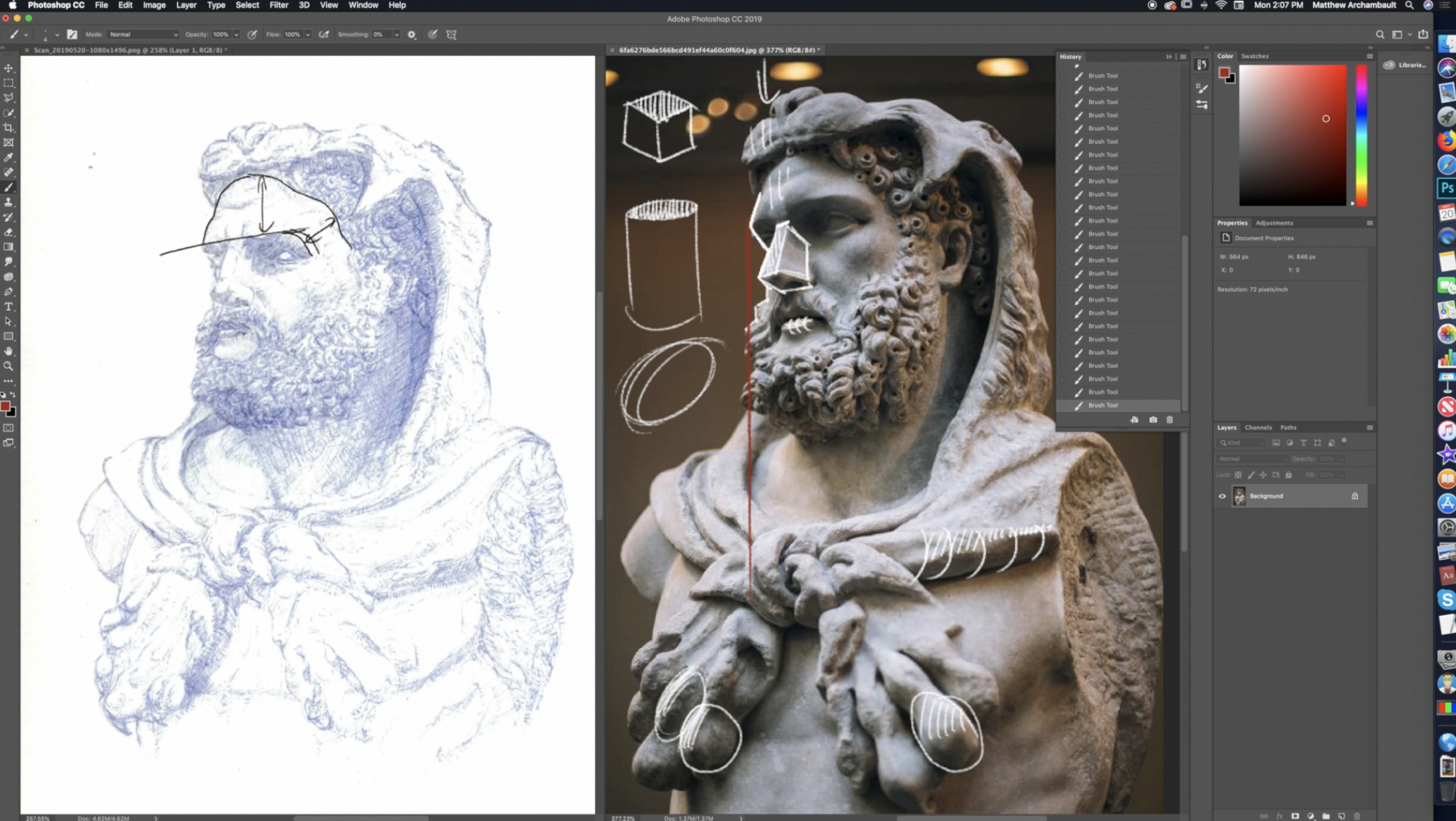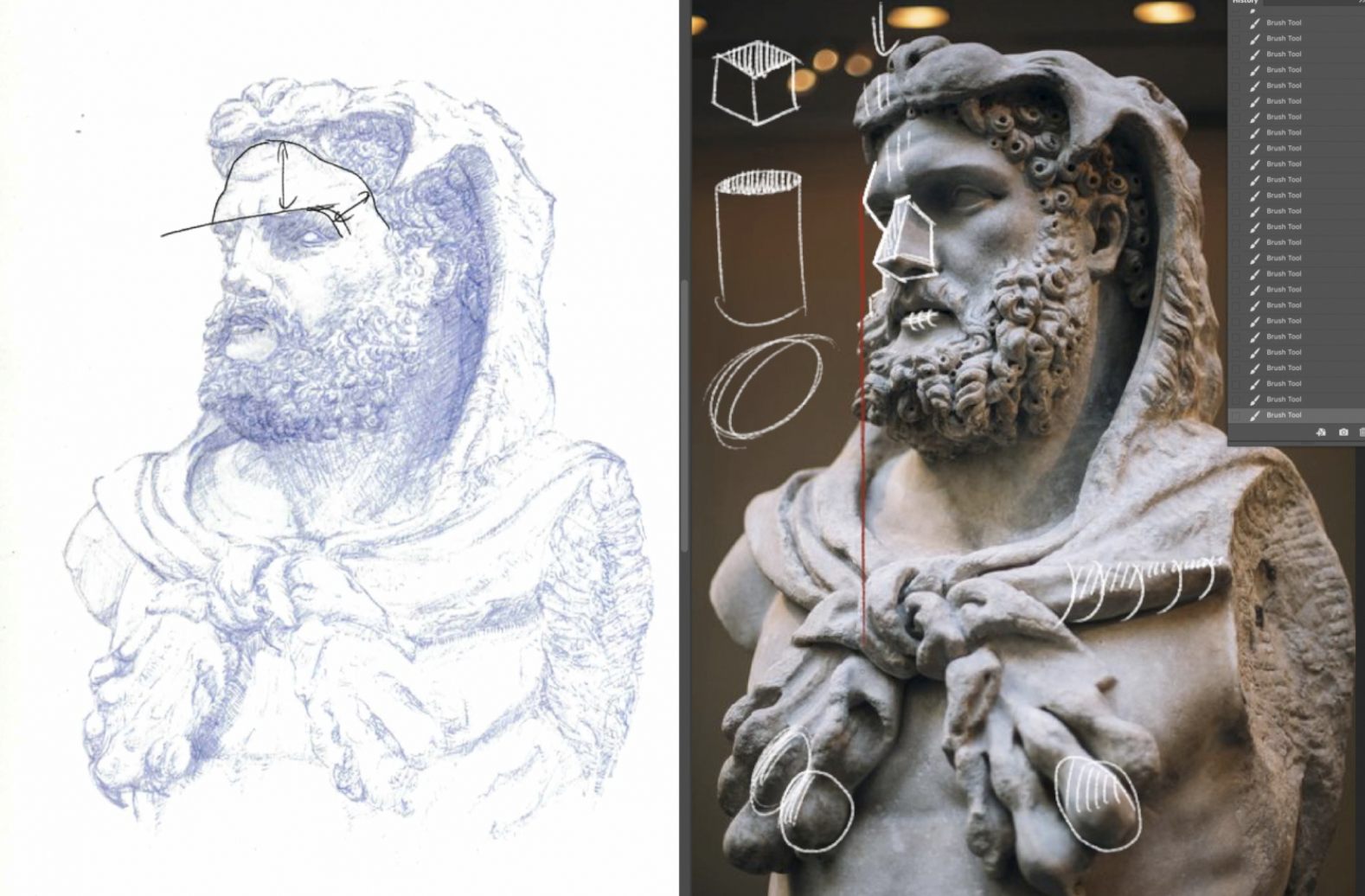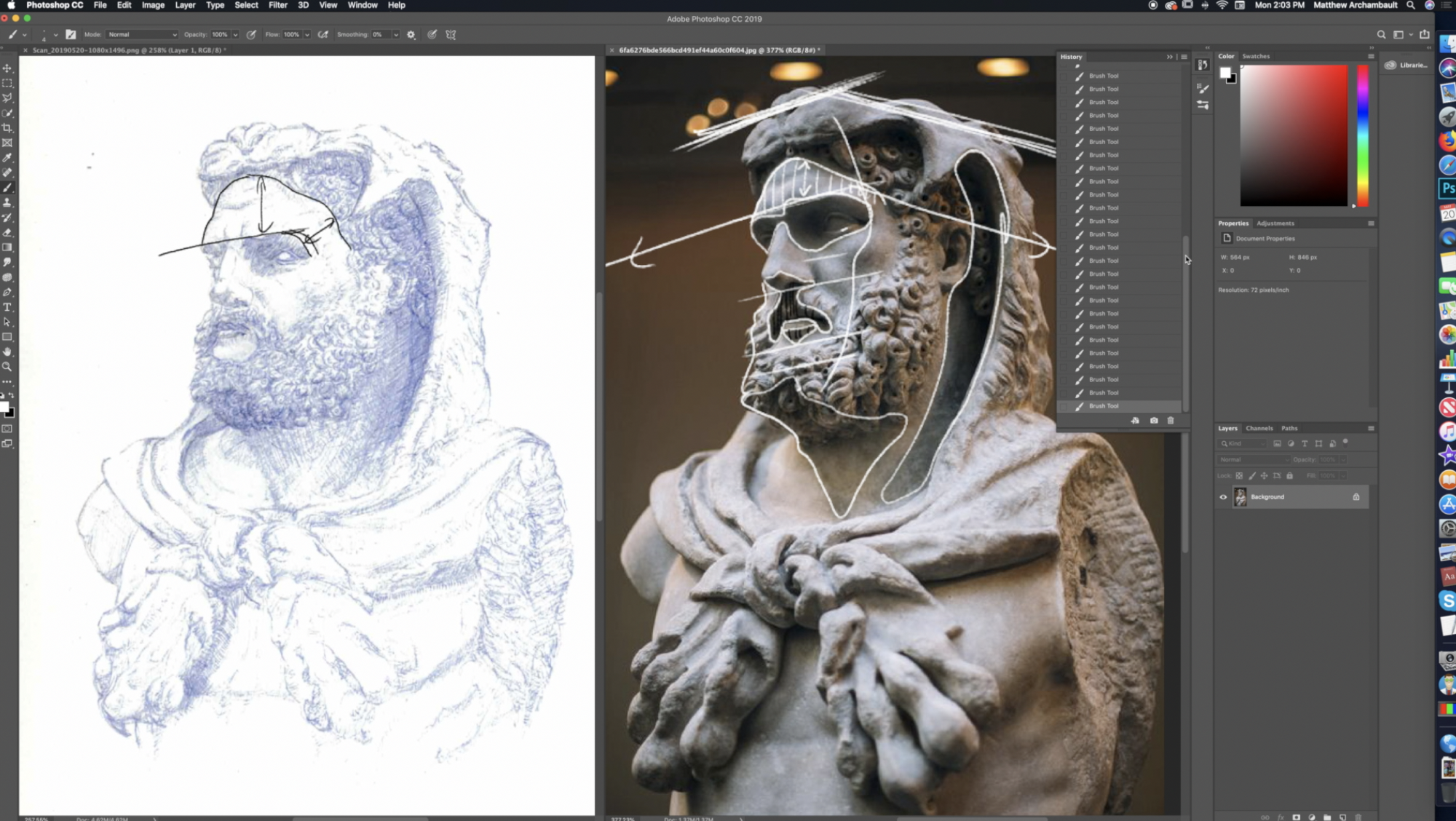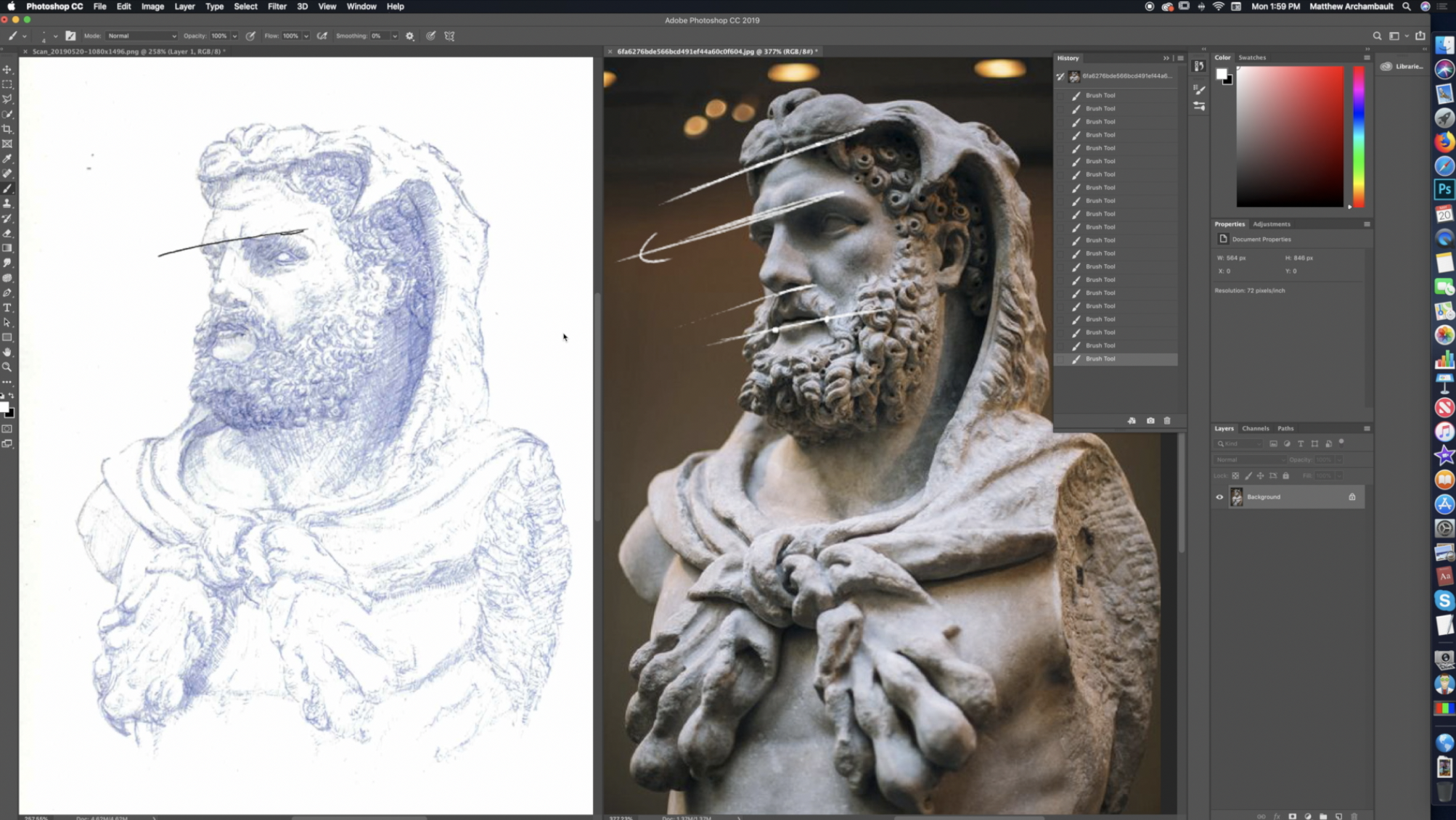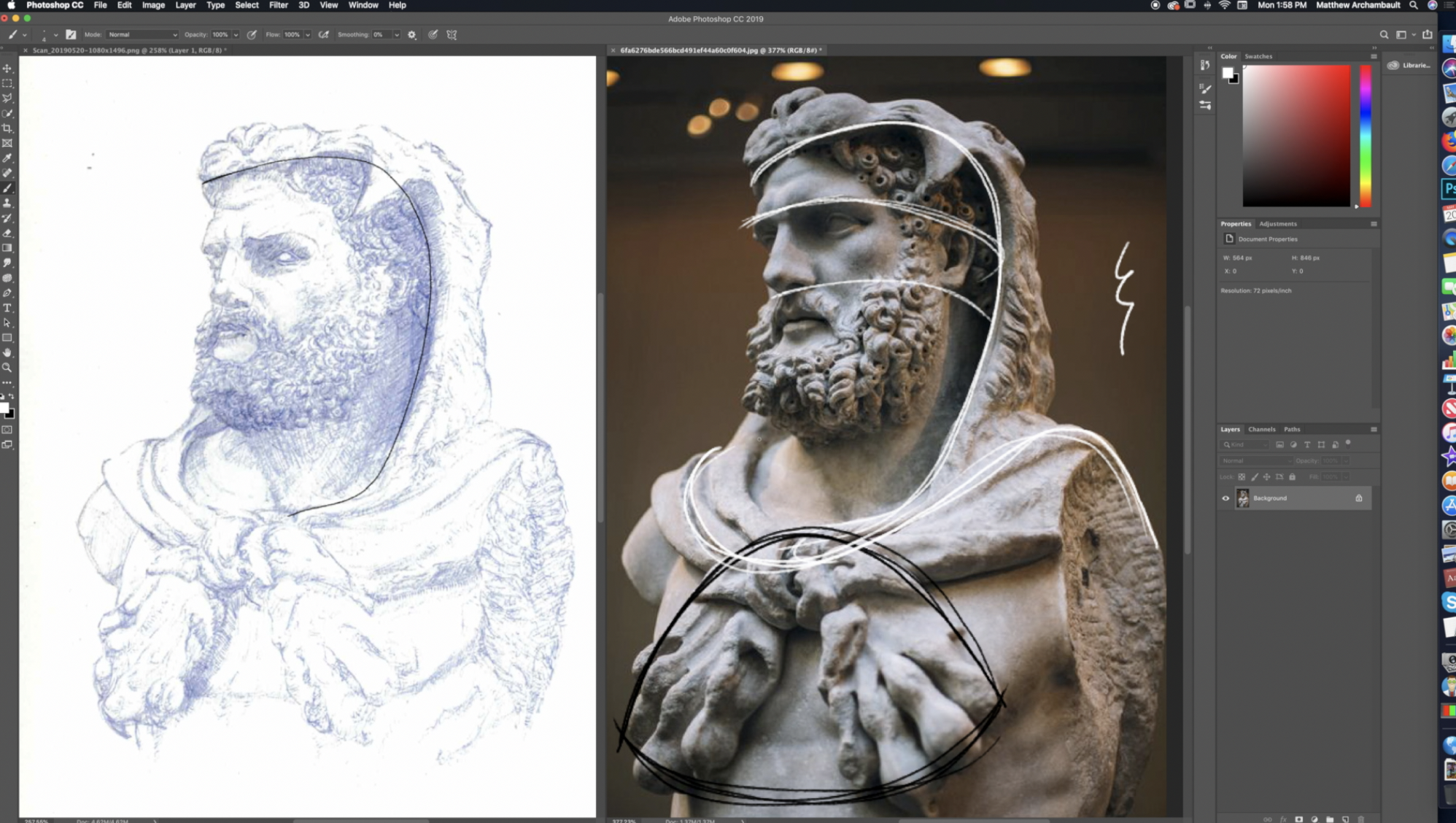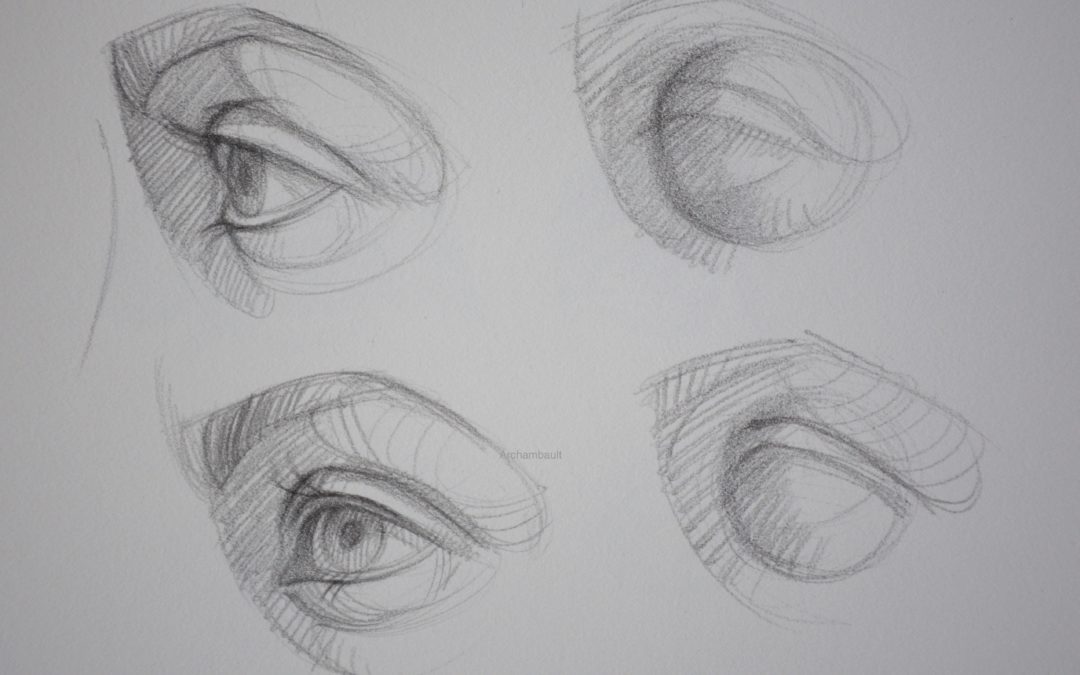
How To Draw The Eye
I wanted to share this particular lesson with you because it is short and to the point. You really want to draw the eye in a loose, curvy organic sort of way. You do not want to incorporate any straight lines when drawing the eye, everything about the eye should look rough and organic.
As you can see in this rough sketch of the eye I did not really focus too much of my time on the lashes. Do your very best to draw along with me, avoiding the lashes for now. Think more about the structure of the eye, not the lashes.
When drawing the lashes do not draw them with straight lines, instead, try to group all of the lashes into a shape.
I’m really happy with the way this course turned out. It’s really helping people improve their portrait drawings.
Download the Photo reference.
Thank you so much for watching the drawing lesson above. If you are interested in seeing the rest of the course consider a membership to Drawing Tutorials Online. Not only will you gain access to this course and many more, but, you will also be able to get feedback on your portrait drawings in our member critique gallery.

